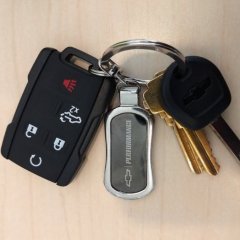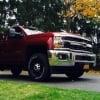Opinions vs math on gear ratio
-
Similar Content
-
- 1 reply
- 4,119 views
-
Delete front differential on my 08 Chevy Express G1500
By Jason Swan,
- differential
- all wheel drive
- (and 3 more)
- 3 replies
- 5,514 views
-
Transmission or Differential problem? - NEED HELP!
By markf1971,
- transmission
- differential
- (and 2 more)
- 0 replies
- 4,144 views
-
- 17 replies
- 15,117 views
-
Transfer case, drive lines and differential- troubleshooting
By ChevyDude123,
- 4wd
- transfer case
- (and 2 more)
- 4 replies
- 2,626 views
-
-
Recently Browsing 0 members
- No registered users viewing this page.
-
Forum Statistics
247.5k
Total Topics2.6m
Total Posts -
Member Statistics
-
Who's Online 20 Members, 0 Anonymous, 1,640 Guests (See full list)


















Recommended Posts
Join the conversation
You can post now and register later. If you have an account, sign in now to post with your account.